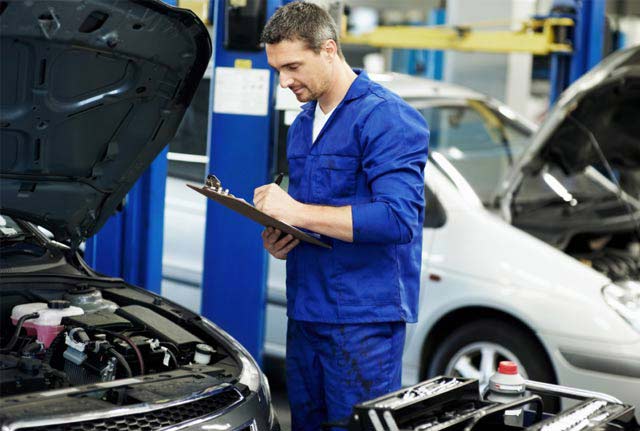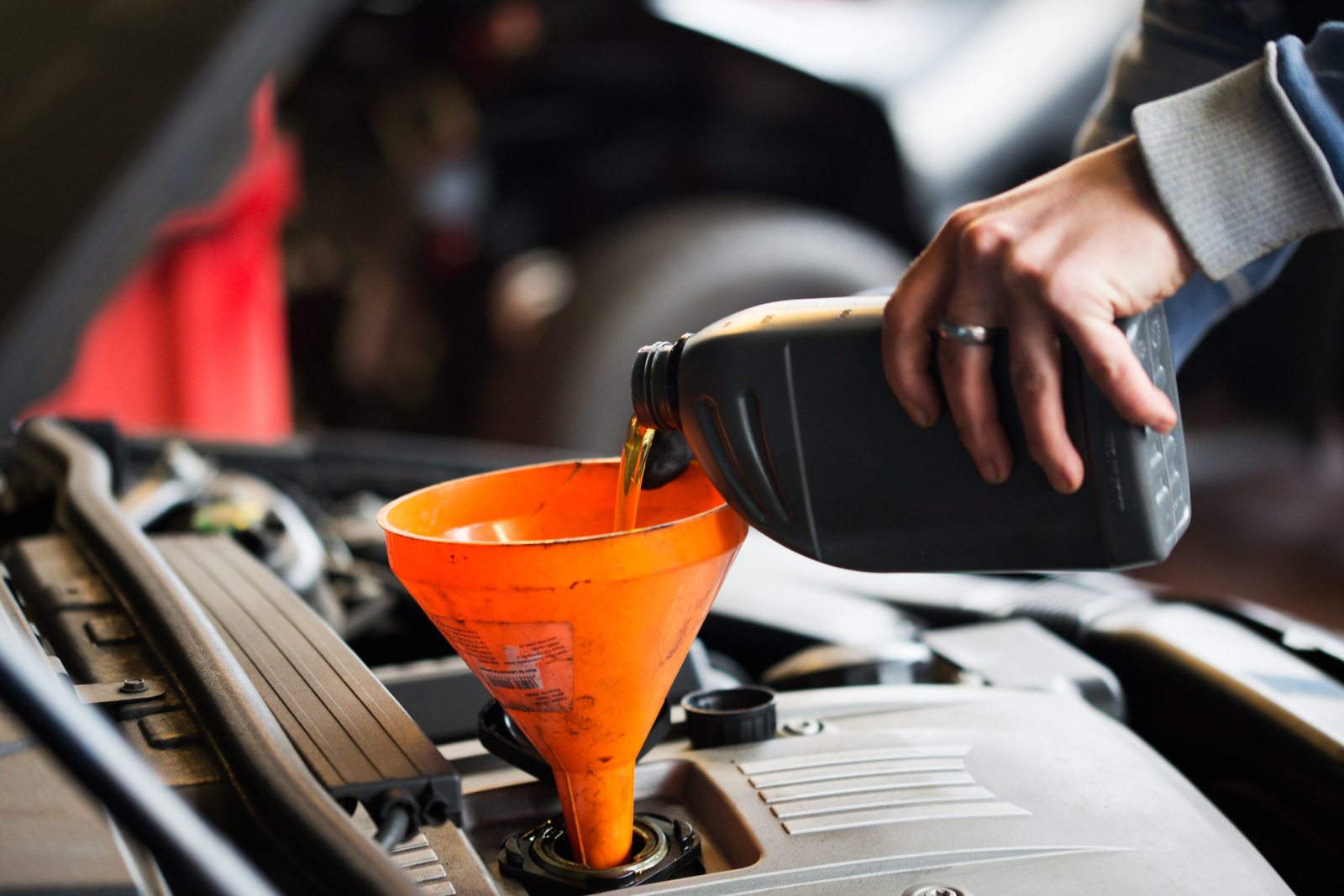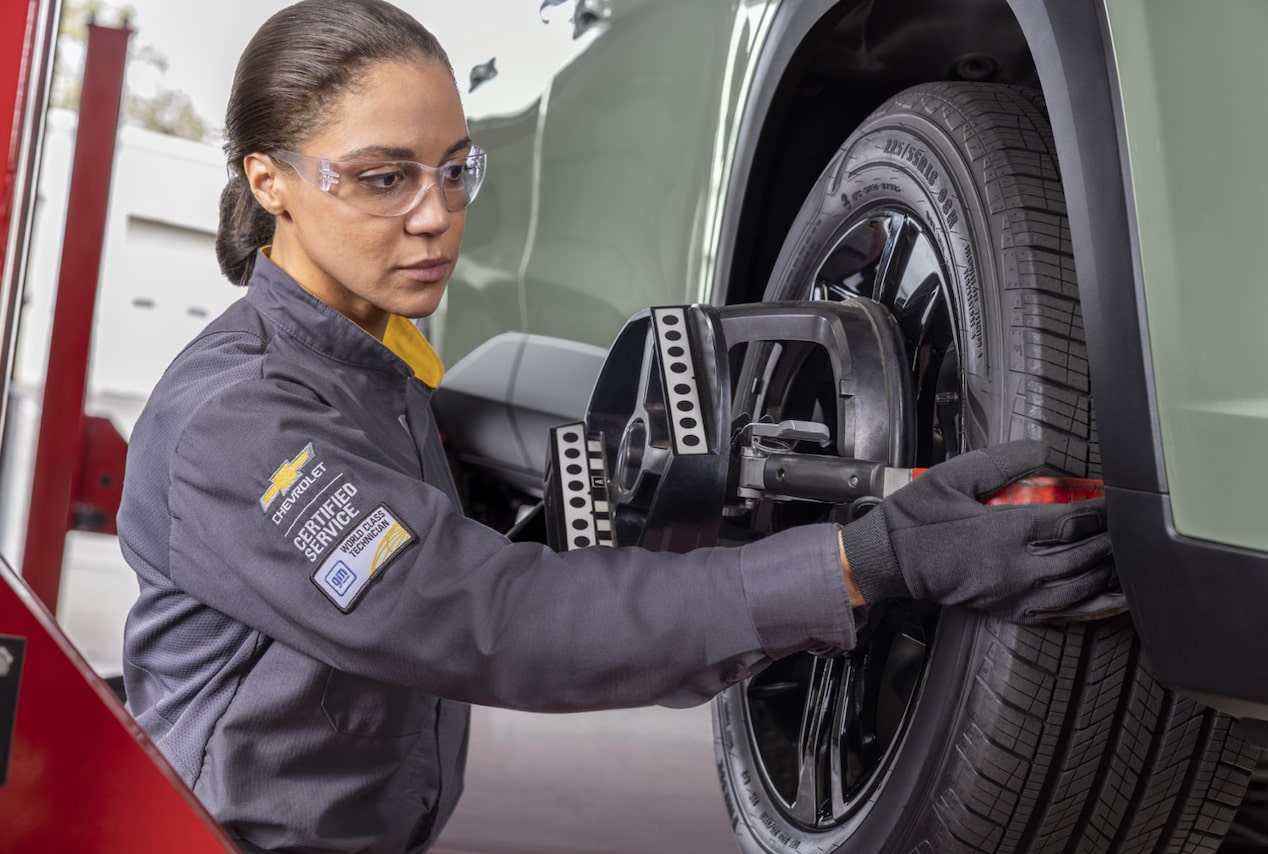All Categories
Featured

When it concerns vehicle fixings or upgrades, one of one of the most essential choices you'll face is whether to pick Original Equipment Producer (OEM) components or aftermarket components. Both alternatives offer distinct benefits and downsides, so understanding the differences between them is necessary for making an educated choice. In this short article, we'll explore the benefits and constraints of OEM and aftermarket parts to help you decide which is finest fit for your vehicle.
What Are OEM Components? OEM parts are produced by the exact same maker that made the initial elements in your car. These components are developed to fulfill the precise specifications of your automobile, ensuring they are a precise fit and use the very same efficiency as the components that came with the car when it was initial built. OEM parts are commonly taken into consideration the "factory criterion" due to the fact that they come directly from the car's maker or a qualified provider.

Among the primary benefits of using OEM components is their assured top quality. Given that these parts are made to the exact same criteria as the originals, they commonly give an ideal fit and trusted performance. Furthermore, several OEM parts come with a service warranty, giving you peace of mind that you'll be secured in instance of issues.
What Are Aftermarket Parts? Aftermarket parts are made by third-party producers that are not connected with your vehicle's initial supplier. These components are made to fit a wide range of cars and are typically less costly than OEM parts. Aftermarket parts can be used for regular repair services or upgrades, and they usually offer a broader variety of alternatives compared to OEM components.

The major charm of aftermarket parts is their cost. They are normally valued lower than OEM parts since they are created by independent makers. Additionally, aftermarket components may offer much better efficiency or added features not available in OEM choices. Aftermarket exhaust systems, brake pads, and suspension parts usually provide enhancements in efficiency or visual appeals that may not be found in OEM components.
Benefits of OEM Parts. Accuracy and Compatibility: OEM parts are created especially for your car's make and version, guaranteeing they fit flawlessly and perform to the specific requirements needed. Warranty Insurance Coverage: Several OEM components come with guarantees, using insurance coverage in instance of defects or premature failure. Quality control: Given that OEM components are made by the original supplier, they go through the same extensive quality assurance criteria as the components set up in your vehicle when it was initial constructed. Resale Value: If you intend to offer your car, having OEM parts can aid keep its resale worth, as possible customers may be much more curious about a lorry that has been repaired with original components. Benefits of Aftermarket Components. Cost Financial savings: Aftermarket components are typically cheaper than OEM components, which can be a significant advantage if you get on a budget plan or wish to conserve cash on repair work. Selection and Modification: Aftermarket components supply a larger variety of options, including efficiency upgrades and visual enhancements. For instance, if you wish to boost horsepower or improve your vehicle's look, aftermarket options can supply distinct solutions. Availability: Aftermarket components are often easier to locate than OEM parts, specifically for older lorries that might no more have readily offered OEM components. Performance Improvements: Some aftermarket components are created with efficiency in mind, such as high-performance brakes, air filters, or exhaust systems. These parts can boost your lorry's total performance and driving experience. Disadvantages of OEM Parts. Greater Price: One of the most significant downside to OEM components is their price. They are commonly much more pricey than aftermarket alternatives, which can add up swiftly if your cars and truck requires several repair work. Restricted Personalization: OEM components are designed to recover your lorry to its initial specifications, indicating they might not use the very same variety of customization options as aftermarket components. Accessibility Problems: Relying on the age of your vehicle, specific OEM components might be harder to discover or discontinued, making fixings harder. Drawbacks of Aftermarket Components. Inconsistent High quality: While numerous aftermarket components are of high quality, others may be badly made or do not have the longevity of OEM components. It is essential to research the manufacturer and read evaluations to guarantee the top quality of the part you're considering. Fitment Problems: Aftermarket parts are made to fit a wide variety of automobiles, yet they may not constantly supply the best fit that OEM parts ensure. This can lead to setup concerns or suboptimal performance. No Guaranteed Guarantee: While some aftermarket components come with warranties, they might not be as extensive or long-lasting as those offered by OEM parts. In many cases, making use of aftermarket components can additionally impact your lorry's warranty coverage if it's still active. Exactly how to Choose In Between OEM and Aftermarket Parts. The choice in between OEM and aftermarket components ultimately relies on your particular demands, choices, and budget plan. Here are a couple of considerations to assist direct your choice:
Budget: If conserving money is a priority, aftermarket components are typically the a lot more affordable alternative. Nonetheless, be aware that less expensive components may not last as long as OEM parts, which might lead to higher costs later on. Lorry Age and Problem: For more recent vehicles, especially those under guarantee, it's frequently a good idea to select OEM parts to keep the auto's honesty and protect its resale worth. For older cars and trucks, aftermarket parts may be a lot more practical, particularly if the lorry is no more under service warranty or if you're trying to extend its lifespan with economical services. Repair Work Kind: Specific vital repairs, particularly those pertaining to safety and security (brakes, air bags, etc), are best handled with OEM components to make certain the highest level of security and performance. For non-essential fixings or adjustments, aftermarket components can supply an excellent equilibrium of high quality and price. Efficiency and Personalization: If you're searching for performance upgrades or unique customization options, aftermarket components might be the very best selection. Several aftermarket manufacturers style parts particularly for improving your cars and truck's capacities, whether it's for far better efficiency or visual appeals. Conclusion. Both OEM and aftermarket components have their cons and pros, and the finest option depends on your certain requirements and top priorities. OEM components are ideal for keeping the initial high quality and performance of your automobile, while aftermarket components supply price financial savings, modification options, and a wider variety of choices. Thoroughly examine your car's problem, the sort of repair service required, and your budget plan to make the very best decision for your cars and truck and your budget. No matter which alternative you pick, it's always important to talk to a trusted auto mechanic who can supply advice and make certain the repair is done correctly.
Latest Posts
Explore Limited-Time Auto Repair Deals in Chicago at Montclare Auto Repair
Published May 26, 25
1 min read
Explore Special Auto Repair Offers in Chicago at Montclare Auto Repair
Published May 25, 25
1 min read
Unlock Your Financial Partner at WyHy – High Rewards for Wyoming Residents
Published May 24, 25
1 min read
More
Latest Posts
Explore Limited-Time Auto Repair Deals in Chicago at Montclare Auto Repair
Published May 26, 25
1 min read
Explore Special Auto Repair Offers in Chicago at Montclare Auto Repair
Published May 25, 25
1 min read
Unlock Your Financial Partner at WyHy – High Rewards for Wyoming Residents
Published May 24, 25
1 min read